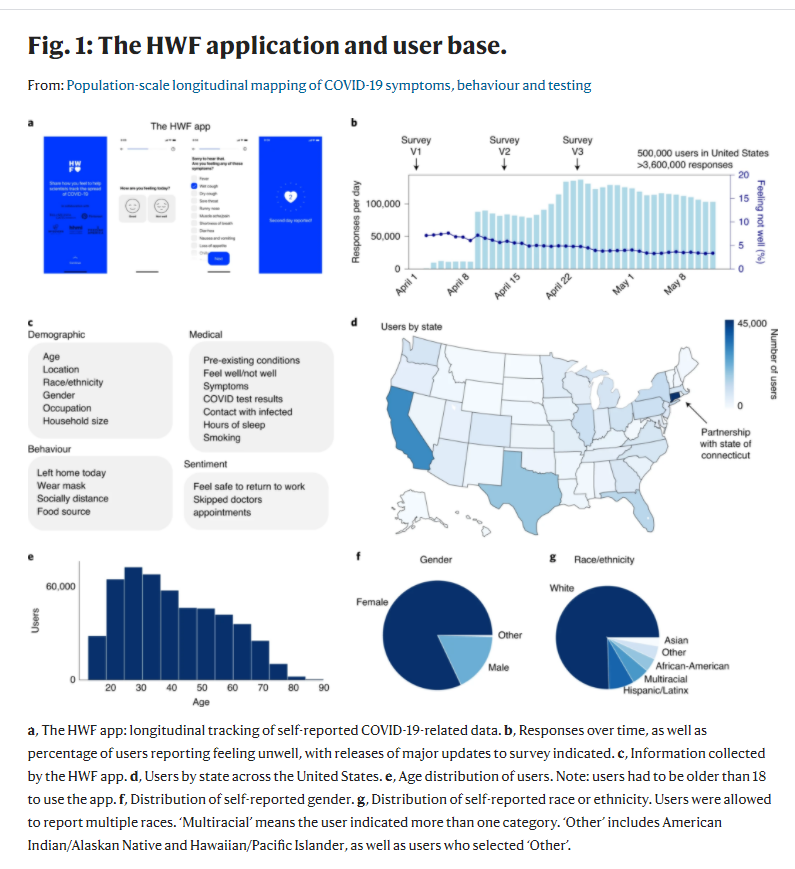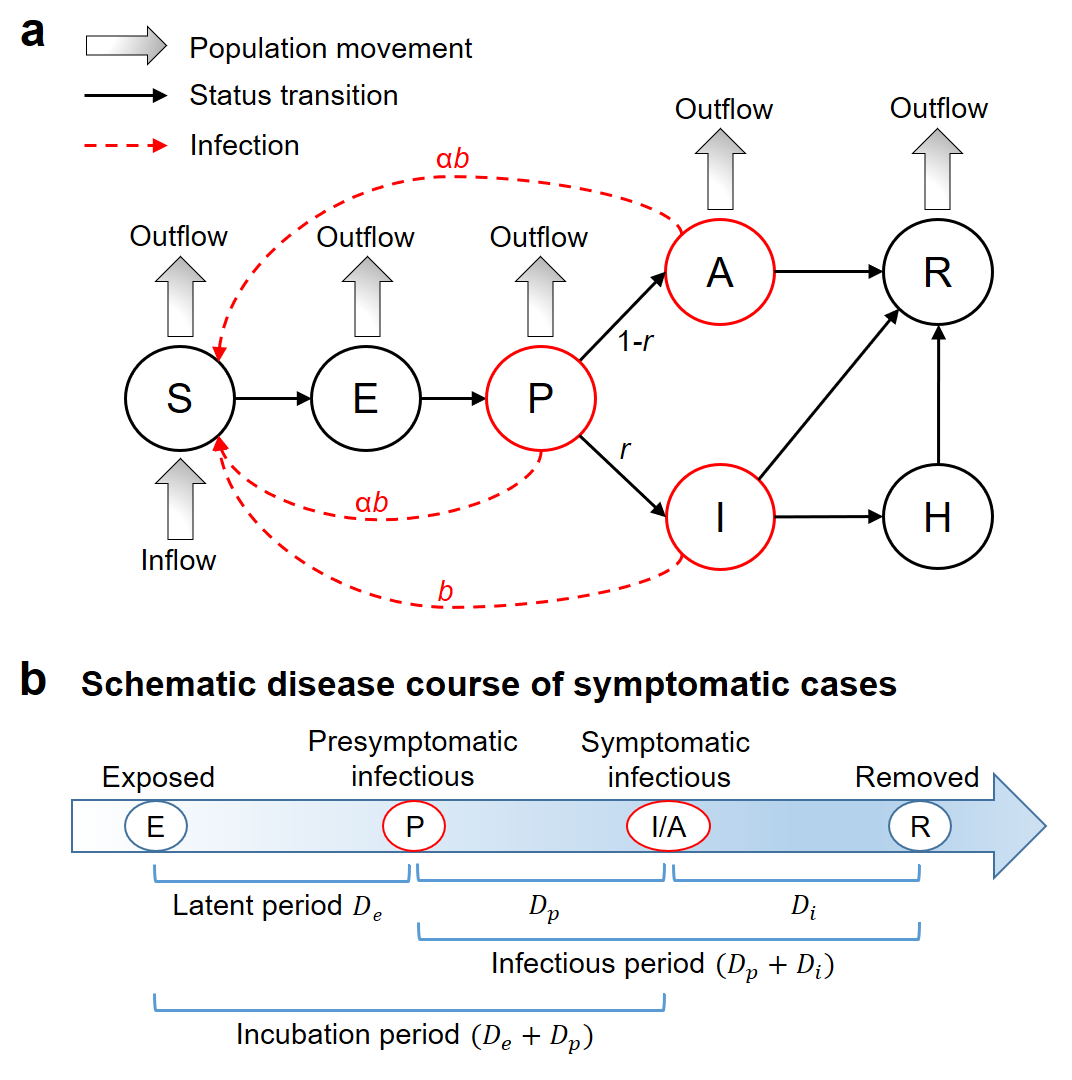
Professor of @HarvardBiostats & @HarvardStats, (Bio)statistics,Data Science,Genetics Genomics,Epidemiology,Health, Education,COVID19 analysis,Views are all mine
How to get URL link on X (Twitter) App



https://twitter.com/XihongLin/status/1251276061398220800The multi-faceted intervention Swiss cheese slices used in Wuhan include: mask wearing, social distancing(lockdown), testing, tracing, isolation and quarantine, and universal screening. They were implemented with high compliance. Students have been back to school since September






